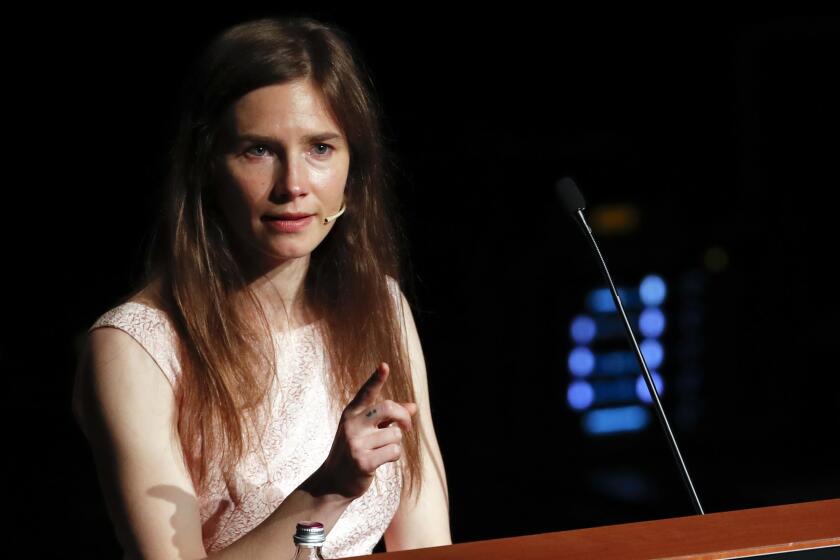‘The Knick’s’ production design is vintage, but not nostalgic
- Share via
For a series like “The Knick,” set in the brutal world of early 20th century New York City, there’s a danger in making the past look too seductive — “Downton Abbey” this is not. In keeping with director Steven Soderbergh’s decidedly unromantic, modern spin on the era, costume designer Ellen Mirojnick and production designer Howard Cummings aimed for authenticity without being overly literal or nostalgic.
“It was a particularly harsh time,” Cummings said, “so we needed to be gritty, and we couldn’t be precious, and that was very freeing.”
During pre-production, Mirojnick and Cummings — who last worked together on the Liberace biopic “Behind the Candelabra” — devised a color palette for the series. The hospital and its staff would be gray, black and white — “all to reinforce the blood,” said Mirojnick — while the world of the Lower East Side slums would be sepia and ocher and the upper-class areas cooler shades of violet and blue. Paintings by Gustav Klimt and Egon Scheile and images from the medical library at Columbia University and the Lower East Side Tenement Museum provided inspiration.
Mirojnick estimates that 75% of the costumes were constructed because, although some vintage pieces were available from costume houses, many were too small or too delicate for use.
Men’s suits were made by Martin Greenfield, a bespoke tailor based in Brooklyn. For his character, Clive Owen wanted a “natty gentleman look,” said Mirojnick: Think suits in deep green velvet with white leather boots — which doctors wore at the time.
The women’s costumes were especially challenging. For a society wedding in which she had to outfit hundreds of extras, Mirojnick stockpiled contemporary dresses from bridal shops and outlets and outfitted them with trim bought from a supplier who was going out of business.
Most of the interiors, including the hallways and operating theater of the Knick, were filmed in a makeshift studio in Greenpoint, Brooklyn. (For the exterior facade, the production used the old Boys’ High School in Bedford-Stuyvesant, also in Brooklyn.) The biggest challenge for Cummings was duplicating the scale of buildings of the era, with their 16-foot ceilings and grand entryways. Trickiest of all was the 150-seat operating theater, where many of the show’s most dramatic scenes take place. “I built right to the ceiling,” he said.
Cummings estimates that 45% of “The Knick” was filmed on location, high for a TV series. Cummings transformed the corner of Orchard and Broome on the Lower East Side — now one of Manhattan’s trendiest areas — to look as it did 114 years ago, teeming with horse-drawn carts, vendors and pedestrians. The production was also granted rare permission by the city to “dirt” the streets, which had to be cleaned up without draining into the sewage system. Cummings even used different shades of earth for each neighborhood. “I learned a lot about dirt.”
More to Read
The biggest entertainment stories
Get our big stories about Hollywood, film, television, music, arts, culture and more right in your inbox as soon as they publish.
You may occasionally receive promotional content from the Los Angeles Times.










